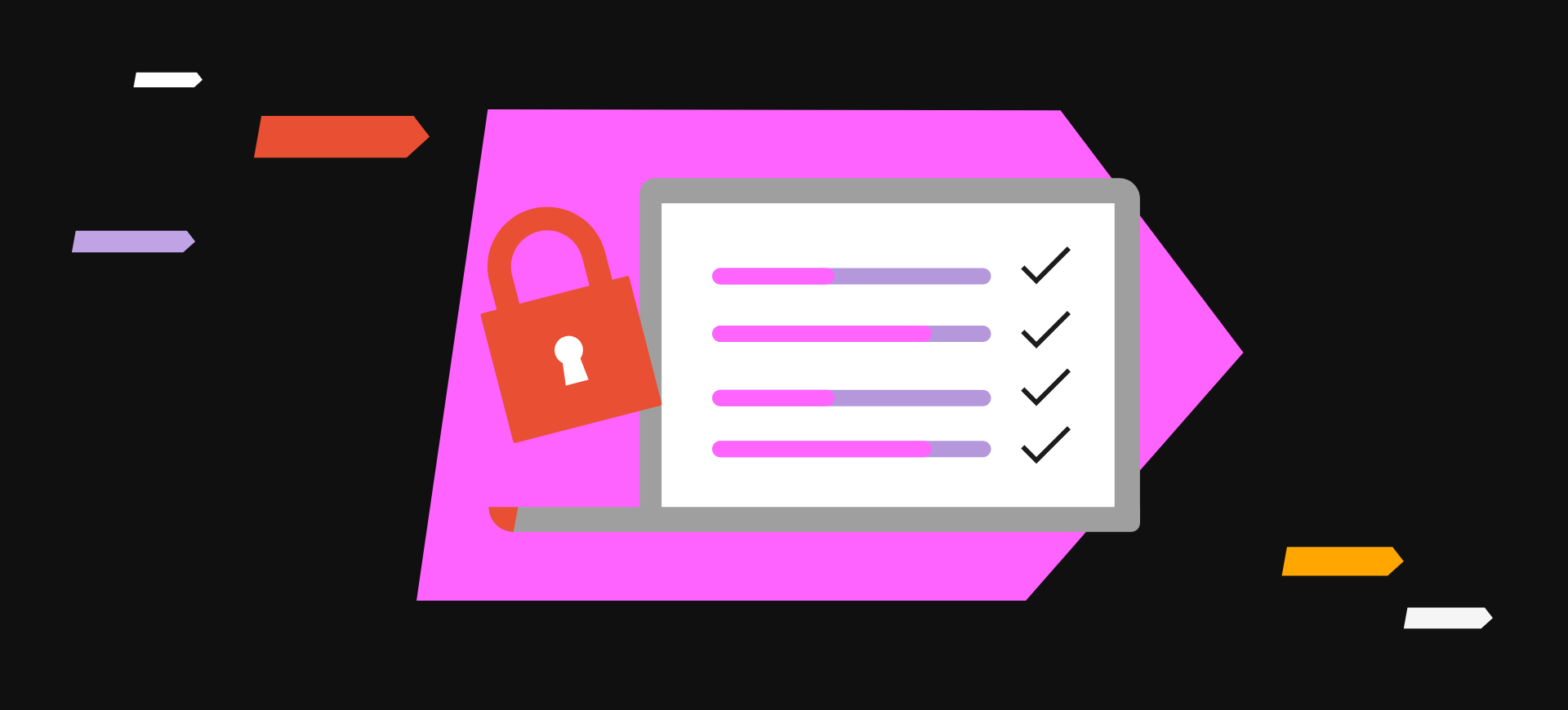Stuck in a contract for cloud server management that’s not giving you the service you need? It can be really painful, frustrating, and costly. You’re at the mercy of the vendor’s modifications and the service may not offer the reliability or scalability you need. But when changing to another vendor is too difficult – be it costly, disruptive, or time-consuming – you’re essentially “locked in” to their proprietary software, and so it's called vendor lock-in.
We’ve seen it before in consumer electronics, like in the early days of iTunes. In case you’re lucky enough to be too young to remember, Apple locked consumers into the services as music purchased on the platform could only play within iTunes or on an iPod. But is it also a problem in cloud services? Let’s take a look at what vendor lock-ins mean when it comes to the cloud…
Why do vendor lock-ins occur?
Vendor lock-ins are typically a result of proprietary technologies, inefficient processes, and contract constraints.
At the end of the day, vendors want you to stay with their platform – in the same way you want your own customers to stay with you. These barriers are subtle when you sign up, and you might not realise how hard it is to move until you try. But it’s not impossible.
Know what to look for
Are you adapting your software to work on your chosen platform? Or have you had to implement additional layers of identity or access management? These could be the early signs you’re a victim of a vendor lock-in.
Some other indicators are that you’ve had to…
- Use vendor-provided libraries
- Call vendor-specific APIs
- Learn how to configure and manage vendor-specific components
- Reconfigure cloud-native apps to work correctly
The problem
So what’s the deal with vendor lock-ins and why should you be aware of them? Vendor lock-ins make life more difficult and can negatively impact your business – for instance…
- If service quality declines, your own day-to-day products and services might suffer
- If the vendor drastically changes their product offerings, it may no longer meet your needs
- If the vendor imposes price hikes that you’re locked in to
- If the vendor goes out of business altogether
Without a plan B, you’re stuck. It’s time for some real-life examples:
AWS outage takes down a third of cloud services
Outages happen to everyone – even the largest cloud providers. AWS experienced an outage in 2021, taking down about 33% of cloud services.
It resulted in traffic delays and site shutdowns for seven hours, leading to Alexa, Prime Video, and third-party apps using AWS breaking down. One failure turned into thousands of people across the globe being affected.
Fire takes a chunk out of the .fr web space
Remember when the French cloud service provider OVHcloud saw a fire destroy one of their data centres and damage another?
The fire took out millions of websites, including government agencies’ portals, banks, shops, news sites, and just under 2% of sites with the .fr domain.
How can you avoid vendor lock-in?
It’s all good knowing what vendor lock-in is and why you should be aware of it, but how can you avoid it?
- Evaluate cloud services carefully
Thoroughly research a cloud vendor before signing on the dotted line – ideally with a proof-of-concept deployment to make sure they offer sufficient services. - Ensure you can move data easily
Make an effort to keep your data portable and easy to move from one environment to another. Clearly define your data models and keep data in transferable formats that are usable across platforms. Use open standards wherever possible. - Exit strategy
While you may be concentrating on migration and BAU, don’t lose sight of the vendor’s end-of-contract approach. Ensure they offer an exit strategy that meets your needs and protects your business. - Backups
Independent backups of all data means you’re ready to host the data elsewhere if it gets too difficult or time-consuming to extract it from a cloud service (and it protects against ransomware). Understand backups better with our knowledge hub. - Multi-cloud or hybrid cloud strategy
A multi-cloud approach incorporates multiple cloud providers, reducing your dependence on any single vendor. In a hybrid cloud, some data will remain within your direct control, either in a private cloud or stored on-premise.
Mitigate vendor lock-in with Fasthosts ProActive
You know you need to work in the cloud for scalability, security, and cost-effectiveness. You also know you don’t want to get locked in by proprietary software or small but significant changes to the Terms and Conditions that can pass by unnoticed.
Working with ProActive, you’ll appreciate our transparency in our pricing, open-source technology stacks, and clear client-oriented processes. We don’t use the usual vendor lock-in tricks – our clients stay with us for the right reasons.
Find out more about our managed services or get in touch.
Download and share
If you want to read this blog post offline, save it for later or share with a colleague, click the button below to download a PDF version.
